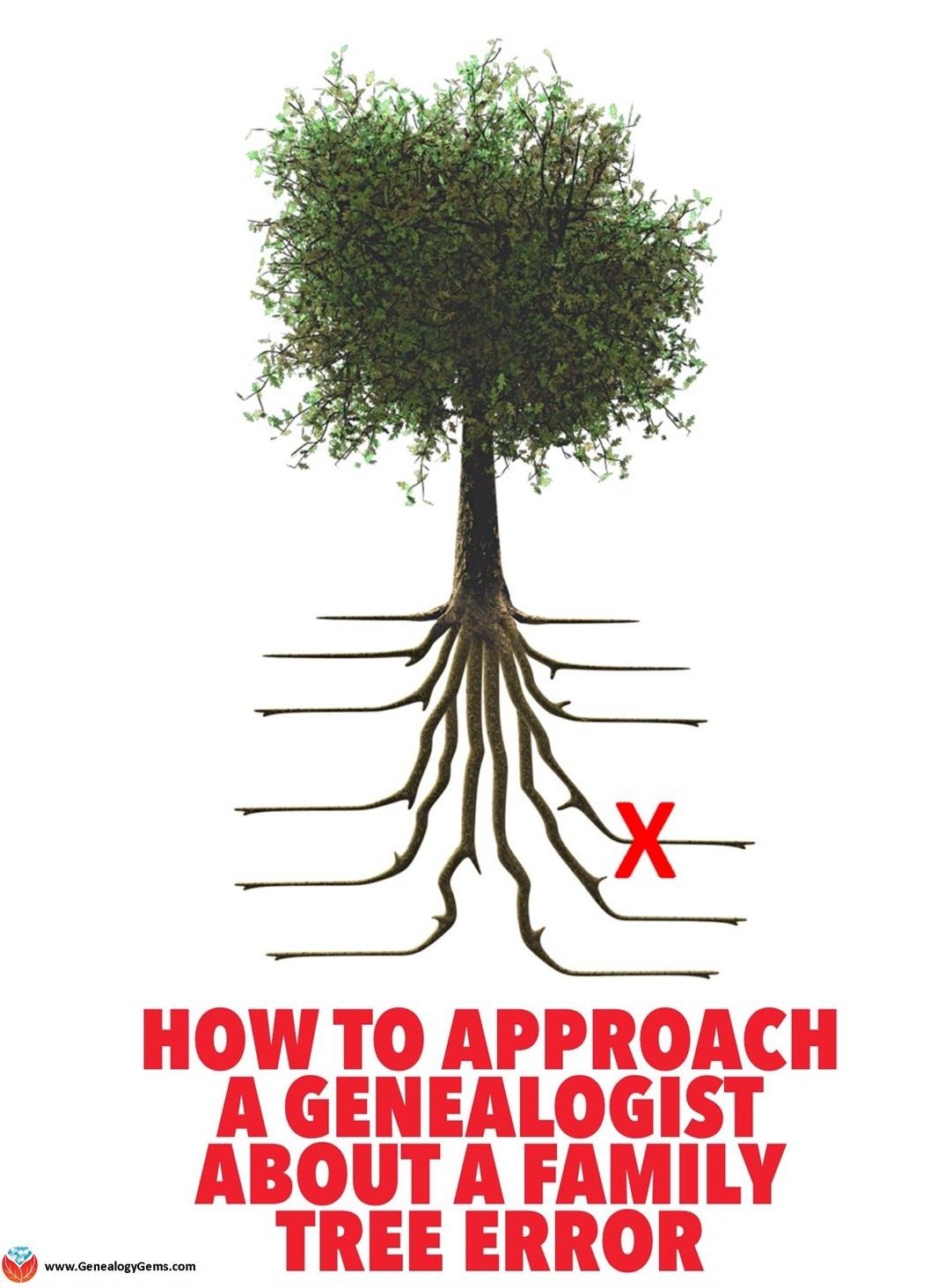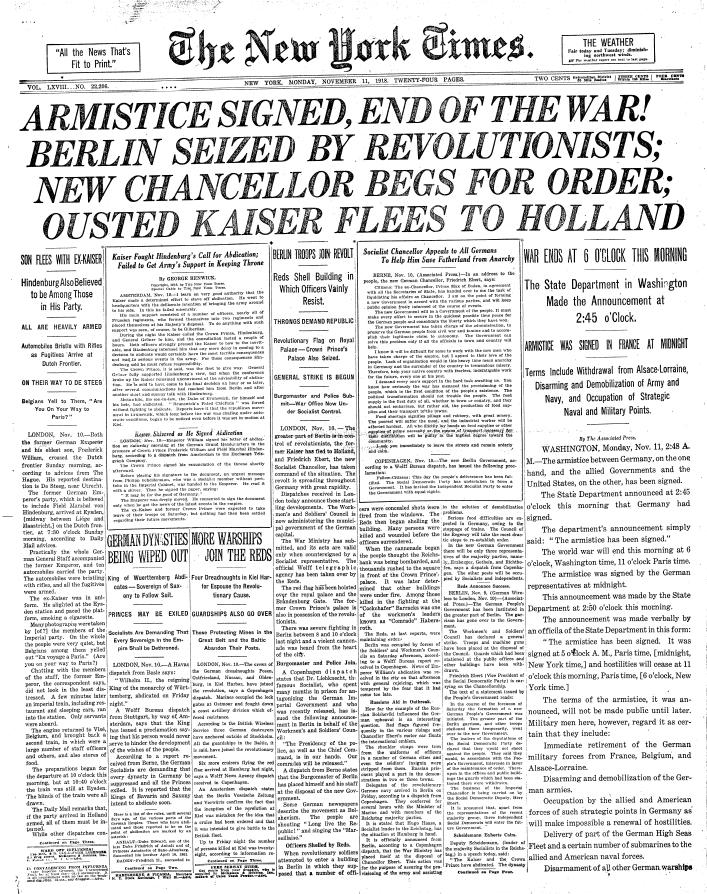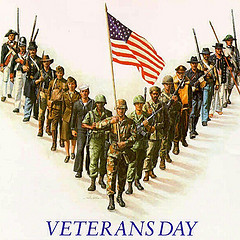Blog


It’s Veterans Day: “One Day is Not Enough” To Say Thank You
Happy Veterans Day! One day is not enough to honor their service and sacrifice. Here’s how Veterans Day came to be.

U.S. Sailors march in New York City’s 2013 Veterans Day Parade. Wikimedia Commons image; click to view.
Today we add our voices to the thousands who are honoring the service, courage and sacrifices of thousands of U.S. military veterans. In the past few weeks, we have participated in the #CountdowntoVeteransDay initiative, with posts highlighting veterans and records of their service. We did this because we agree with Dan Dayton, executive director of the WWI Centennial Commission that “one day is not enough to talk about veterans.”
Did you know that Veterans Day has been a tradition in the U.S. for nearly 100 years? But the first Veterans Day wasn’t called that. It was Armistice Day, which honored the end of fighting in World War I. “To us in America, the reflections of Armistice Day will be filled with solemn pride in the heroism of those who died in the country’s service and with gratitude for the victory,” said U.S. President Woodrow Wilson.
Unfortunately, WWI didn’t turn out to be “the war to end all wars,” as most people hoped.
“In 1954, after World War II had required the greatest mobilization of soldiers, sailors, Marines and airmen in the Nation’s history; after American forces had fought aggression in Korea, the 83rd Congress, at the urging of the veterans service organizations, amended the Act of 1938 by striking out the word ‘Armistice’ and inserting in its place the word ‘Veterans,'” explains the U.S. Department of Veterans Affairs website. “With the approval of this legislation (Public Law 380) on June 1, 1954, November 11th became a day to honor American veterans of all wars.”
Dan Dayton encourages us to observe Veterans Day meaningfully: “to volunteer for veterans-themed projects, to donate to organizations that support military veterans, to share pictures and stories of military service on social media.”
I would add another invitation: think of the veterans you know, and reach out to them–call, email or reach out on social media–and thank them. In my family, I thank my husband Bill, my son-in-law Ryan, and my Uncle Buzz for protecting our freedom through their military service.
Read More about Veteran’s Day and Military History here at Genealogy Gems:
Be a Hero! 4 Ways to Rescue Military Memories and Artifacts
Find Your Family History in WWII Yearbooks
Preserve the Memories of Combat Victims

How to Approach a Genealogist about an Error on an Ancestry Family Tree
Is someone else’s Ancestry family tree causing a pain in your own tree trunk? Here’s a way to approach it–nicely!
Scott is a new Genealogy Gems listener and he recently dropped me a line about a problem that just a few–ok, nearly every–genealogist has at some point come face-to-face with: an error on an Ancestry family tree. Scott writes:
“I recently found your podcast and have been listening with great interest. I really appreciate your experienced, informed, yet common sense approach to genealogy. Because of this common sense approach, I felt you would be a great source of advice for a dilemma I am having.”
This Genealogy Gems listener went on to describe coming across a family tree in the Ancestry forest that included his family line. It featured good research that mirrored his own and some additional that gave him hints that lead to even more branch extensions. “The only problem is, there is a critical error in her research: the starting point that she uses for that whole line is incorrect.”
Scott believes he has very good documentation and support for his claim. In fact he notes that she even has a document attached to her tree that supports his case that she has made an error.
“My dilemma: How do I appropriately connect with her to let her know that she has made an error? This individual has made a concerted effort to research and cite, and does it better than almost all the others on that line have done. I want to let her know so she can dedicate and direct those wonderful skills in the right direction, but I want to do it in a considerate way. Everyone makes mistakes of this nature – I sure have!! What is the best way to make an initial contact that exposes an error?”
If you participate in Ancestry’s online family trees then you have probably faced an Ancestry tree error. Let’s be honest: Genealogists can grow quite cynical about the intentions of others when they see so many trees lacking sources, and errors within trees. It’s frustrating to run into. Interestingly, in Scott’s description of his situation he’s already demonstrated the approach I would  recommend. Here’s what I told him:
recommend. Here’s what I told him:
- You’ve assumed the best (not the worst) about her approach to the research
- You want to help
- You know that everyone makes mistakes
I would weave that into the following approach that I like to take with any situation, genealogical or otherwise, where I need to approach someone about incorrect work:
1. Start with a compliment.
“I’m so impressed by all the work you have clearly accomplished so far….”
2. Address the problem by assuming that they are ultimately interested in accuracy.
“I wanted to make you aware of something I found which I believe changes the conclusions about this particular family line. I think you’ll find this as interesting as I did….” This approach, by the way, doesn’t say ‘I’m right, you’re wrong’ but rather it says the facts and data are right and you’re guessing they will be as interested in the facts as you are.
3. End with a sincere compliment or expression of appreciation
“Again, I’m so grateful that you have shared your tree online and I look forward to hearing from you”
And finally, when addressing an error on an Ancestry family tree, as with all things in life, we have to manage our expectations. If you don’t hear back, or get a negative response, just know that the other researcher may be emotionally invested in their findings in a way you’re not aware of, or may no longer be actively working on it, and not have time to revisit it right now. (For all we know, their spouse could have just gone into the hospital.)
Bottom line: An error on an Ancestry family tree is a pain in the tree trunk. Focus on placing your accurate tree online, fully cite your sources, and move on, knowing that you are offering other researchers who come across both trees an alternative.
 More Resources for Your Family Tree
More Resources for Your Family Tree
- Don’t Lose Control When You Post Your Family Tree Online
- Why Use Ancestry for FREE if You’re Not a Subscriber
Disclosure: This article contains affiliate links and Genealogy Gems will be compensated if you make a purchase after clicking on these links (at no additional cost to you). Thank you for supporting Genealogy Gems!

We Dig These Gems! New Genealogy Records Online
 Our review of new genealogy records online this week includes the 1939 Register for England and Wales; church records for Illinois and Kyiv, Ukraine; New York naturalizations and Mexican vital and church records. Which of these may name your family members?
Our review of new genealogy records online this week includes the 1939 Register for England and Wales; church records for Illinois and Kyiv, Ukraine; New York naturalizations and Mexican vital and church records. Which of these may name your family members?
ENGLAND AND WALES POPULATION REGISTER. The 1939 Register is now online at Findmypast, as we blogged about earlier this week. Click here to learn more about this crucial record set for those researching English and Welsh families.
FLASH SALE! Receive a 10% discount off 300 credits on Findmypast now through Friday 13thNovember 2015 at 11.59pm GMT using the code 1939REG10. Click the graphic below to have the discount automatically set up for you.
(When you use our links and graphics you are helping to support the free Genealogy Gems Podcast – thank you!!)
ILLINOIS CHURCH RECORDS. Ancestry has updated its collection of United Methodist Church records for 87 counties in central and southern Illinois. The collection now spans 1824-2009, bridging record gaps like the lack of government vital records in the past and privacy restrictions for more recent records. Click here to search for baptisms, marriages, deaths, family buy worm medication for cats migrations and more. These records are for congregations that are no longer in existence.
MEXICO. For October, Ancestry announced the addition of “more than 250 million Mexican birth, marriage, death, and church records—plus U.S. census, border crossing, and naturalization records.” click here to search Mexican records on Ancestry–through Monday, October 9, access to these collections is free.
NEW YORK NATURALIZATIONS. Ancestry’s collection of naturalization records for New York (1882-1944) have been updated. click here to search for immigrant ancestors who may have naturalized in New York, which welcomed millions of immigrants who may have done this paperwork during that time.
UKRAINE CHURCH RECORDS. You can new browse a new collection of Orthodox church records for the Diocese of Kyiv, Ukraine (1734-1920) on FamilySearch. These include duplicate records of baptisms/births, marriages, and burials/deaths created by church officials for civil authorities. Click here to view these records for free (sign-in may be required).
Please help spread the great news! Thank you for sharing these new genealogy records online with your genealogy societies, fellow researchers and family.
Simply copy and paste the URL for this page:
- into an email
- on your Facebook page
- on your society Facebook page
- on Pinterest







